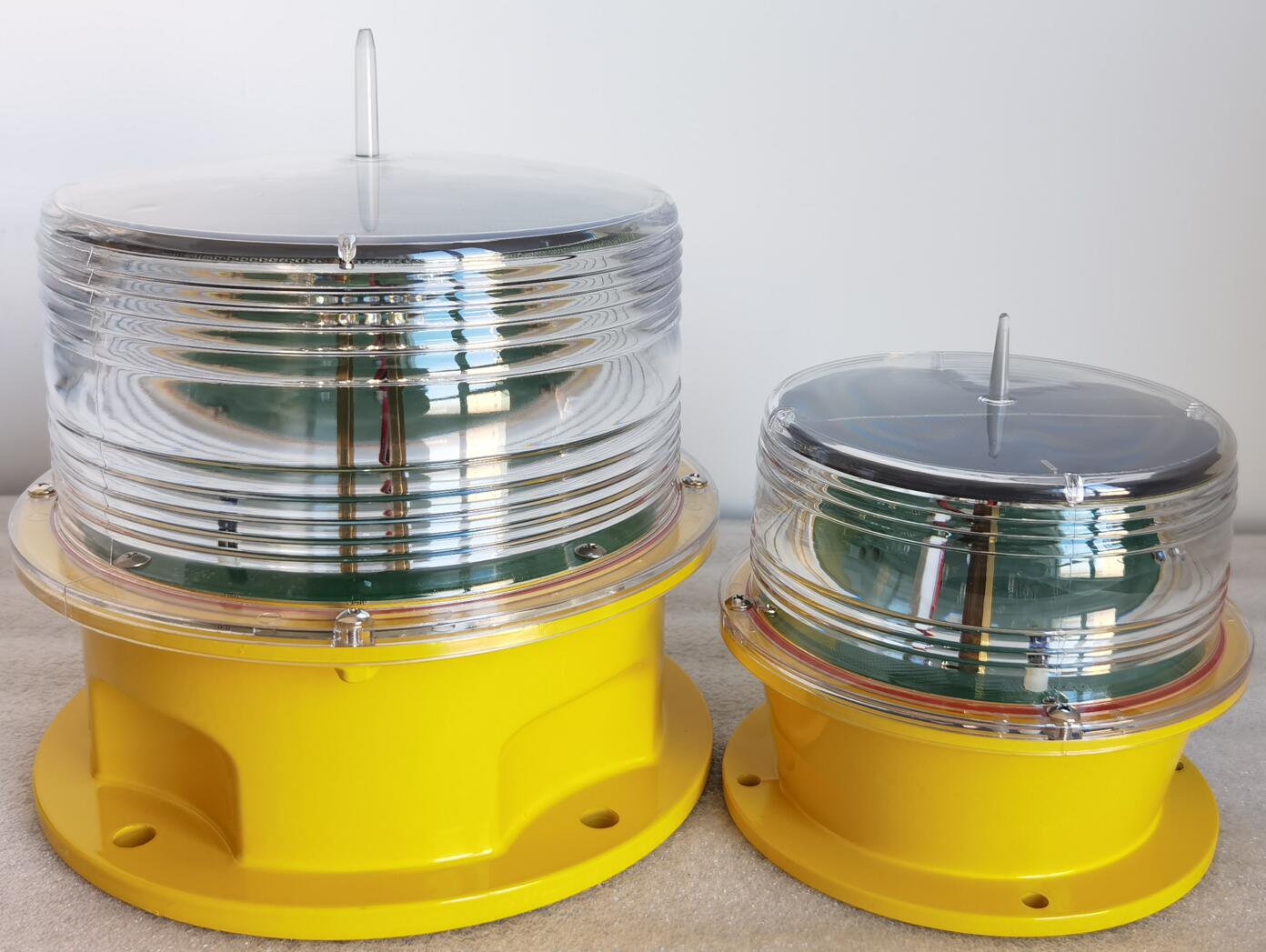Solar Powered Obstruction Lights: The Green Guardians of Aviation Safety
In an era of environmental consciousness and energy independence, solar powered obstruction lights have emerged as the sustainable solution for aviation hazard marking. These autonomous lighting systems combine cutting-edge solar technology with advanced illumination to create reliable, maintenance-free warning beacons. As renewable energy adoption accelerates globally, solar powered obstruction lights are revolutionizing how we protect aircraft from ground-based obstacles while reducing carbon footprints.
The Rise of Solar in Aviation Lighting
Traditional obstruction lights face three critical challenges that solar powered obstruction lights effectively solve:
Grid Dependency - Eliminated through photovoltaic energy harvesting
High Maintenance - Reduced via durable LED technology
Carbon Emissions - Removed through clean energy operation
The aviation industry's shift toward sustainability has made solar powered obstruction lights the preferred choice for:
Remote communication towers
Offshore wind farms
Mountainous terrain installations
Developing regions with unreliable power infrastructure
Core Technology Breakdown
Modern solar powered obstruction lights integrate four advanced subsystems:
1. High-Efficiency Solar Array
Monocrystalline silicon panels (22-24% efficiency)
Anti-reflective coatings for low-light performance
Adaptive tilt mechanisms in premium models

2. Intelligent Power Management
MPPT charge controllers (95% efficiency)
Lithium iron phosphate (LiFePO4) battery banks
| solar powered obstruction lights |
Deep discharge protection circuitry
3. Aviation-Grade Lighting Module
FAA/ICAO-compliant LED arrays
Precision optics for beam control
50,000-hour rated lifespan
4. Ruggedized Enclosure System
IP68 waterproof rating
Corrosion-resistant marine-grade aluminum
UV-stabilized polycarbonate lenses
| solar powered obstruction light |
Performance Advantages Over Conventional Systems
Solar powered obstruction lights outperform traditional models in key metrics:
Feature Solar System Conventional System
Energy Source Renewable Grid-dependent
Installation Cost Lower (no trenching) Higher
Operating Cost Near zero Continuous
Carbon Footprint None Significant
Deployment Time Hours Days
Maintenance Interval 5+ years Annual
Regulatory Compliance & Certifications
All solar powered obstruction lights must meet stringent aviation standards:
FAA AC 70/7460-1L (US)
ICAO Annex 14 (International)
EN 61820 (Europe)
CASA MOS 139 (Australia)
Key compliance factors include:
Minimum light intensity (32.5 to 200,000 candela)
Flash characteristics (20-60 fpm)
Color chromaticity coordinates
Battery backup duration (5-7 days)
Innovative Applications
1. Offshore Wind Farm Marking
Saltwater-resistant designs
Synchronized flash patterns
Radar augmentation compatibility
2. Mobile Construction Safety
Temporary crane lighting
Rapid-deployment kits
Theft-resistant mounting
3. Remote Telecommunication
Self-sufficient operation
Remote monitoring capability
Extreme weather resilience
4. Urban Air Mobility Infrastructure
Drone corridor marking
Vertiport hazard lighting
Adaptive brightness control
Technological Frontiers
The next generation of solar powered obstruction lights will feature:
AI-Optimized Operation
Predictive energy management
Weather adaptation algorithms
Failure pre-detection systems
Advanced Materials
Perovskite solar cells (30%+ efficiency)
Graphene-enhanced batteries
Self-healing polymer coatings
Smart Connectivity
5G-enabled status reporting
Blockchain maintenance logs
Air traffic communication
Eco-Adaptive Designs
Bird-friendly wavelengths
Dark sky compliance
Wildlife detection sensors
Implementation Best Practices
For optimal performance, installers should:
Conduct Solar Site Surveys
Annual sun exposure analysis
Shadow pattern mapping
Seasonal angle adjustments
Select Proper Light Classes
L-810 for structures <150ft
L-864 for 150-500ft
L-856 for >500ft
Ensure Proper Maintenance
Biannual panel cleaning
Triennial battery checks
Five-year full system inspection
Solar powered obstruction lights represent the perfect synergy between aviation safety and environmental stewardship. By harnessing renewable energy, these systems provide reliable, regulation-compliant hazard marking while eliminating grid dependence and reducing ecological impact. As solar technology continues advancing, future systems will become more efficient, intelligent, and integrated with smart air traffic management networks.
For aviation authorities, infrastructure developers, and sustainability-focused organizations, adopting solar powered obstruction lights offers a triple advantage:
Enhanced safety through reliable operation
Reduced operational costs
Demonstrated environmental responsibility
The trajectory is clear - solar-powered solutions will illuminate the path forward for aviation obstruction lighting, creating safer skies through sustainable technology. As urban air mobility expands and global infrastructure grows, these green guardians will play an increasingly vital role in protecting aircraft while preserving our planet.
